“I don’t know where I end and he begins,” Elena confessed, tears streaming down her face. “I’ve lost myself completely in this relationship. When Carlos is happy, I’m happy. When he’s stressed, I’m stressed. When he needs something, I drop everything to help him. I used to think this meant I was a loving partner, but now I realize I have no idea who I am outside of taking care of him.”
Elena’s story illustrates one of the most common yet misunderstood relationship patterns: codependency. Often disguised as love, devotion, or simply being a “good partner,” codependency represents a fundamental confusion about where one person ends and another begins.
From a Jungian perspective, codependency isn’t just about being “too giving” or “too needy”—it’s about projecting essential parts of yourself onto your partner and then trying to control them to maintain a sense of wholeness. Understanding this dynamic through depth psychology offers powerful tools for transformation.
Understanding Codependency Through a Jungian Lens
Traditional definitions of codependency focus on behavioral patterns: excessive caretaking, people-pleasing, difficulty setting boundaries, and deriving self-worth from others’ approval. While accurate, these descriptions miss the deeper psychological mechanics.
Jung’s Insight: Codependency represents a failure of individuation—the lifelong process of becoming a whole, authentic individual. Instead of developing internal completeness, codependent individuals project essential parts of themselves onto their partners and then become psychologically dependent on the relationship to feel whole.
The Projection Dynamic: Elena had projected her “Strong Self,” “Independent Self,” and “Decision-Making Self” onto Carlos. She experienced these qualities through him rather than developing them within herself. This created an addiction to the relationship—without Carlos, she felt incomplete and anxious.
Voice Dialogue and the Codependent Self System
Hal and Sidra Stone’s Voice Dialogue work provides precise insight into the internal dynamics that create codependency. Codependent individuals typically overdevelop certain selves while completely disowning others.
Elena’s Overdeveloped Selves:
- The Caretaker: Always focused on others’ needs
- The Pleaser: Desperate to avoid conflict and disapproval
- The Good Girl: Following rules and being “nice”
- The Responsible One: Taking care of everything and everyone
Elena’s Disowned Selves:
- The Selfish One: Having and expressing personal needs
- The Angry One: Setting boundaries and saying no
- The Independent One: Making decisions and standing alone
- The Rebel: Challenging others and expressing authentic opinions
The Codependent Arrangement: Elena unconsciously chose Carlos because he embodied her disowned selves. He was confident, independent, and decisive—all the qualities she’d learned to suppress. Through him, she could experience these disowned aspects vicariously without having to develop them herself.
The Beebe Model and Codependent Type Patterns
John Beebe’s work reveals that certain psychological types are more prone to codependent patterns, particularly when their inferior function gets projected onto their partner.
Feeling Types and Codependency: Feeling types may project their inferior thinking function onto partners, becoming dependent on them for logical analysis and decision-making. They may feel “too emotional” to think clearly and rely on their partner’s rationality.
Sensing Types and Codependency: Sensing types might project their inferior intuition onto partners, depending on them for vision, inspiration, and future planning. They may feel “too practical” or “unimaginative” to see possibilities.
Elena’s Type Pattern: As an ISFJ (Introverted Sensing Feeling Judging), Elena’s inferior function was extraverted intuition (Ne). Carlos, an ENTP, had dominant Ne. She became psychologically dependent on his visionary abilities, spontaneity, and creative problem-solving—qualities her own psyche longed to develop but had never cultivated.
The Four Stages of Codependent Relationships
Stage 1: Intoxication The relationship feels magical and complete. You’re fascinated by your partner’s qualities and feel “lucky” to be with someone so amazing. You may think you’ve found your “other half” or “soulmate.”
Stage 2: Accommodation You begin adjusting yourself to maintain the relationship. Your own needs, opinions, and preferences take a backseat to your partner’s. This feels like love and sacrifice rather than self-abandonment.
Stage 3: Depletion You start feeling exhausted, resentful, or empty. You may not understand why you feel this way since you’re getting what you thought you wanted—a close, connected relationship.
Stage 4: Crisis or Awakening Either the relationship reaches a crisis point, or you begin to recognize the unhealthy patterns. This stage offers opportunities for transformation or dissolution.
The Shadow of Codependency
Codependency isn’t just about being “too giving”—it often masks significant shadow material that needs integration.
The Hidden Control: Beneath codependent caretaking often lies a desperate need to control others’ emotions and reactions. Elena took care of Carlos not just out of love, but to ensure he wouldn’t leave or reject her.
The Disowned Selfishness: Codependent individuals often pride themselves on being “selfless,” but this typically masks profound selfishness—they’re using others to meet their own emotional needs while appearing noble and giving.
The Unconscious Manipulation: By making themselves indispensable, codependent individuals often unconsciously manipulate their partners into staying in the relationship. They create dependency in others to manage their own fear of abandonment.
Elena’s Shadow Work: She had to acknowledge that her “helpfulness” was often controlling, her “selflessness” was a way to avoid taking responsibility for her own life, and her “devotion” was partly manipulation designed to ensure Carlos wouldn’t leave.
Understanding these shadow dynamics is essential for breaking free from codependent patterns.
Breaking Free: The Path to Conscious Interdependence
Step 1: Identify Your Projections Recognize which essential parts of yourself you’ve projected onto your partner. What qualities do you admire in them that you believe you lack? What decisions do you rely on them to make? What emotions do you need them to regulate for you?
Elena’s Projections:
- Confidence and decisiveness
- Ability to handle conflict
- Creative problem-solving
- Independence and self-sufficiency
Step 2: Reclaim Your Disowned Selves Begin developing the very qualities you’ve been seeking in your partner. This doesn’t mean becoming identical to them, but rather developing your own version of these capacities.
Voice Dialogue Practice: Have regular conversations with your disowned selves. Elena began dialoguing with her “Independent Self”: “What would you like me to do differently? How can I support your expression?” She discovered this self wanted her to make more decisions on her own and develop her own interests and friendships.
Step 3: Develop Your Inferior Function Using the Beebe model, identify your inferior function and begin consciously developing it rather than projecting it onto your partner.
Elena’s Ne Development: She began taking creative writing classes, brainstorming solutions to her own problems, and exploring new possibilities for her career—all ways of developing her inferior extraverted intuition function.
Step 4: Practice Conscious Boundaries Learn to distinguish between your emotional energy and your partner’s. Codependent individuals often absorb their partner’s emotions as if they were their own.
Boundary Practice: Ask yourself: “Is this feeling mine or theirs? What do I need right now, regardless of what my partner needs? How can I support them without losing myself?”
From Codependence to Conscious Interdependence
The goal isn’t independence—healthy relationships require interdependence. The difference is that conscious interdependence involves two whole people choosing to share their lives, while codependence involves two incomplete people trying to create one functional unit.
Conscious Interdependence includes:
- Maintaining your individual identity while being in relationship
- Supporting your partner without sacrificing yourself
- Having needs and expressing them directly rather than manipulating to get them met
- Being able to be alone and complete while also valuing connection
- Allowing your partner to have their own emotions without trying to fix or absorb them
Elena’s Transformation: After eighteen months of inner work, Elena’s relationship with Carlos transformed:
“I stopped trying to manage his moods and started focusing on my own emotional regulation. I developed my own interests and friendships instead of making him my whole world. I practiced making decisions without his input and learned to sit with conflict instead of immediately trying to smooth it over. The amazing thing was that as I became more independent, our relationship actually became more intimate. He was attracted to my growing confidence, and I stopped feeling resentful because I wasn’t losing myself anymore.”
Voice Dialogue Techniques for Codependency Recovery
The Stones developed specific approaches for transforming codependent patterns:
The Aware Ego: Instead of being unconsciously driven by your Caretaker or Pleaser selves, you develop the capacity to choose which self to express based on the situation. Sometimes caretaking is appropriate; sometimes setting boundaries is necessary.
Self-Care Practices: Regular meetings with your various selves help you understand and meet your own needs rather than expecting your partner to fulfill them.
Energetic Separation: Learning to distinguish between your energy and your partner’s prevents emotional enmeshment and allows for true intimacy rather than fusion.
The Neuroscience of Codependency
Modern research reveals that codependent patterns often originate in childhood attachment trauma. When children’s emotional needs aren’t consistently met, they may develop hypervigilance to others’ emotions and learn to suppress their own needs to maintain connection.
Understanding trauma and attachment helps explain why codependent patterns feel so familiar and necessary—they represent early survival strategies that are no longer serving in adult relationships.
When Professional Help Is Needed
Codependency recovery often benefits from professional support, especially when it involves:
- Childhood trauma or attachment injuries
- Addiction issues (either partner)
- Severe anxiety or depression
- Patterns of emotional or physical abuse
- Family-of-origin codependent dynamics
Working with a Jungian-trained therapist who understands both projection dynamics and trauma can provide essential support for this deep transformation work.
The Gift of Codependent Relationships
Paradoxically, codependent relationships often point toward our greatest growth opportunities. The qualities we become addicted to in our partners are usually the very qualities we need to develop within ourselves.
Elena’s dependence on Carlos’s confidence showed her that she needed to develop her own self-assurance. Her reliance on his decision-making revealed her need to trust her own judgment. Her addiction to his independence pointed toward her own need for autonomy.
When we use codependent patterns as information about our unlived potentials rather than evidence of our inadequacy, these challenging relationships become doorways to wholeness.
Love Without Losing Yourself
True love doesn’t require losing yourself—it requires finding yourself so completely that you can share your wholeness with another whole person. Codependency isn’t love; it’s fear masquerading as love, control disguised as care, and projection mistaken for connection.
When you reclaim the parts of yourself you’ve projected onto your partner, you don’t lose love—you discover what love actually is. Instead of needing your partner to complete you, you can choose them to complement you. Instead of using the relationship to avoid yourself, you can use it to become more yourself.
The person you’ve been taking care of isn’t the only one who deserves love and attention. You deserve to be known, seen, and valued for who you actually are—not just for what you can do for others. Your needs matter. Your feelings are valid. Your wholeness is not only possible but necessary for genuine love to flourish.
Real love begins when you stop trying to complete yourself through another person and start offering your authentic, integrated self to the relationship.

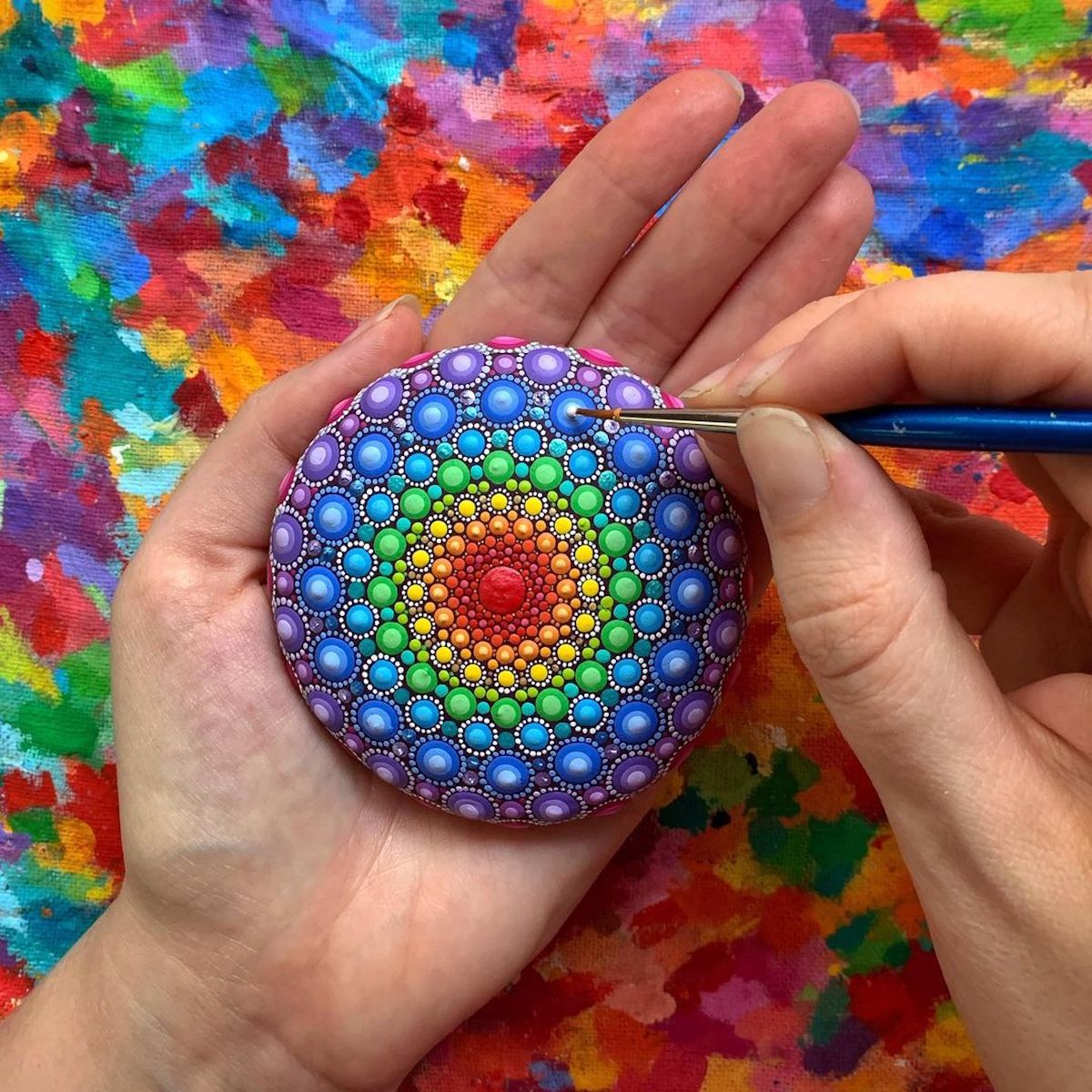
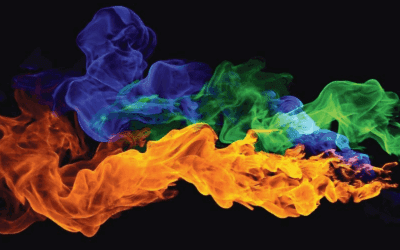

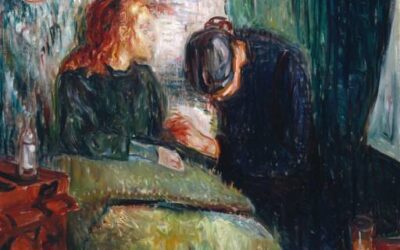
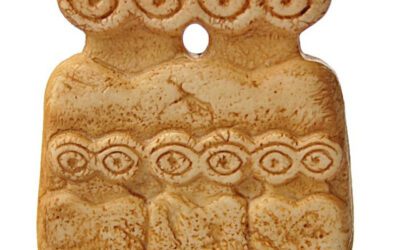

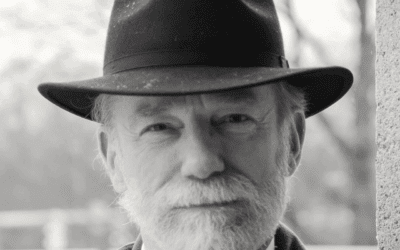
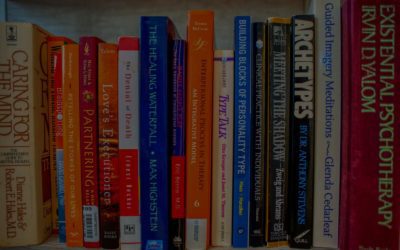



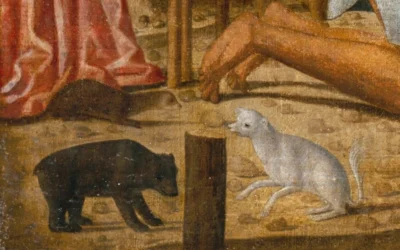

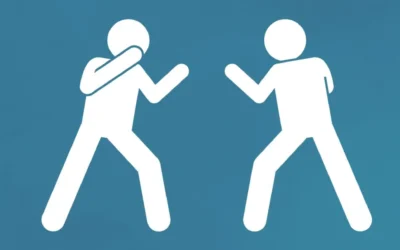
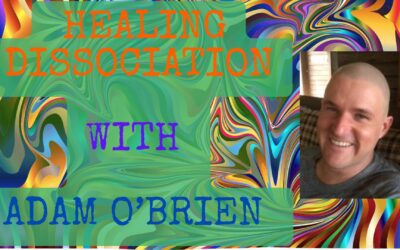
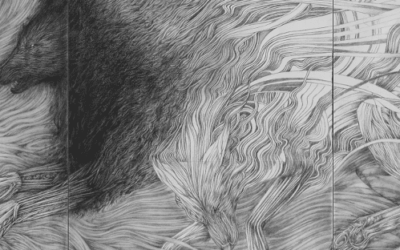

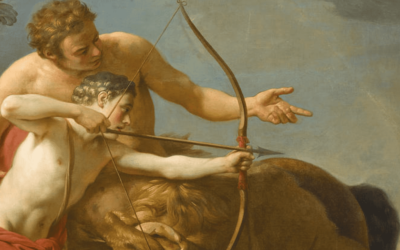

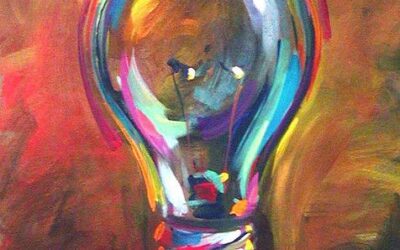
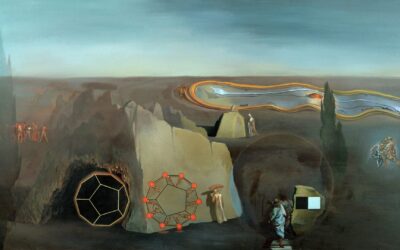
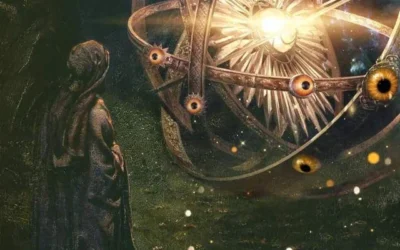



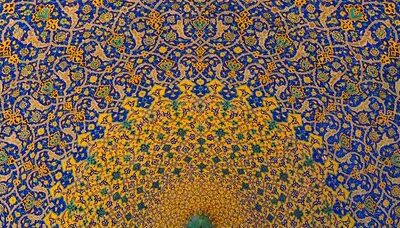
0 Comments